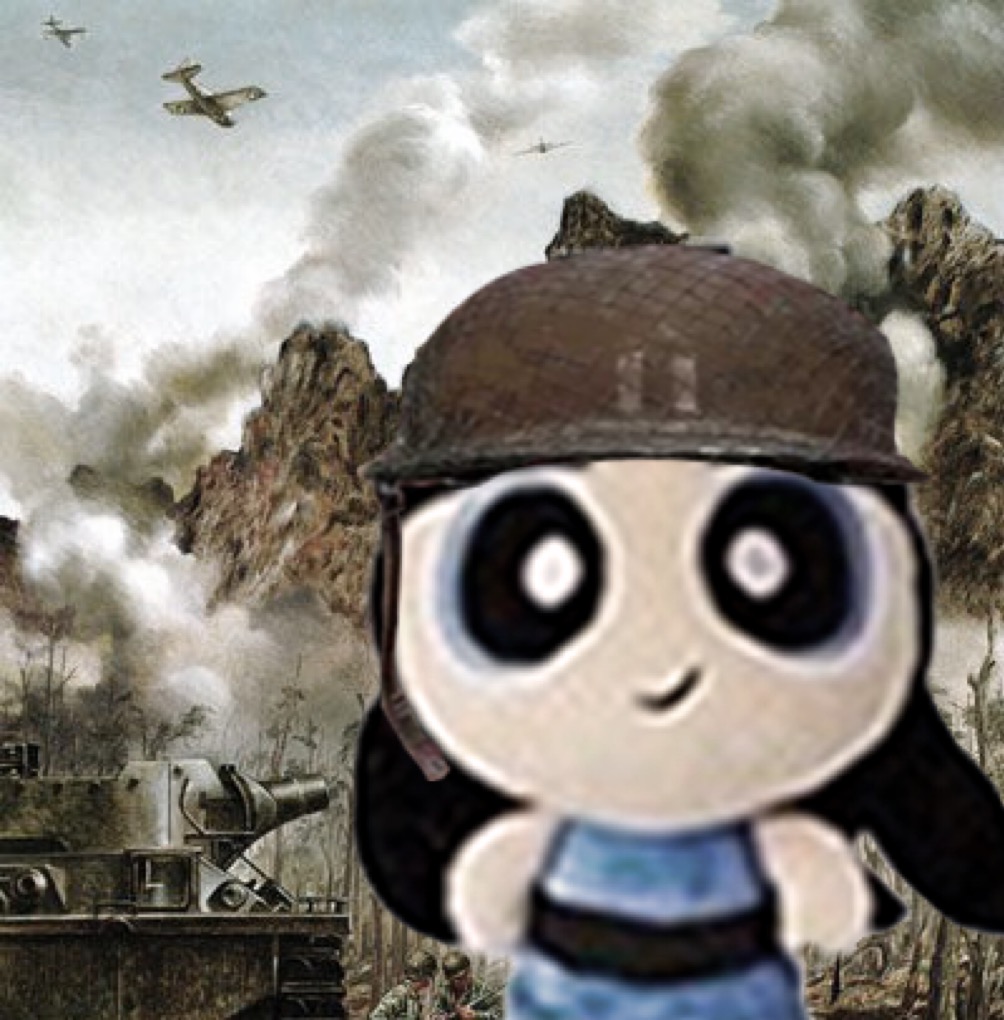W2 - Sources, Categories of Information
Cards (23)
- Primary Sources
- Examples of primary sources
- Secondary sources
- Examples of secondary sources
- What does a literature review summarizes and surveys?
- What should a literature review have?
- What does conducting a literature review assume?
- What are the information that can be collected by a literature review?
- Steps in conducting an effective literature review
- Step 1 - Search for Literature
- Step 2 - Reading and Citing Source of Material
- Acknowledgment
- References or Bibliography
- Step 3 - Creating or synthesizing your review of related literature
- Quoting
- Summarizing
- Paraphrasing
- Scientific Misconduct
- Plagiarism
- Fabrication of data
- Falsification of data
- Non-publication of data
- General steps of a literature review
